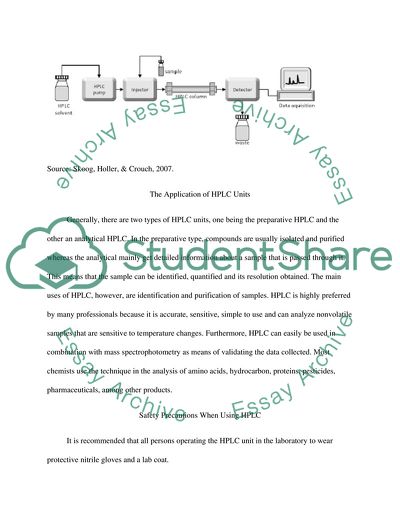Cite this document
(High Performance Liquid Chromatography Lab Report, n.d.)
High Performance Liquid Chromatography Lab Report. https://studentshare.org/physics/1871406-high-performance-liquid-chromatography
High Performance Liquid Chromatography Lab Report. https://studentshare.org/physics/1871406-high-performance-liquid-chromatography
(High Performance Liquid Chromatography Lab Report)
High Performance Liquid Chromatography Lab Report. https://studentshare.org/physics/1871406-high-performance-liquid-chromatography.
High Performance Liquid Chromatography Lab Report. https://studentshare.org/physics/1871406-high-performance-liquid-chromatography.
“High Performance Liquid Chromatography Lab Report”. https://studentshare.org/physics/1871406-high-performance-liquid-chromatography.


